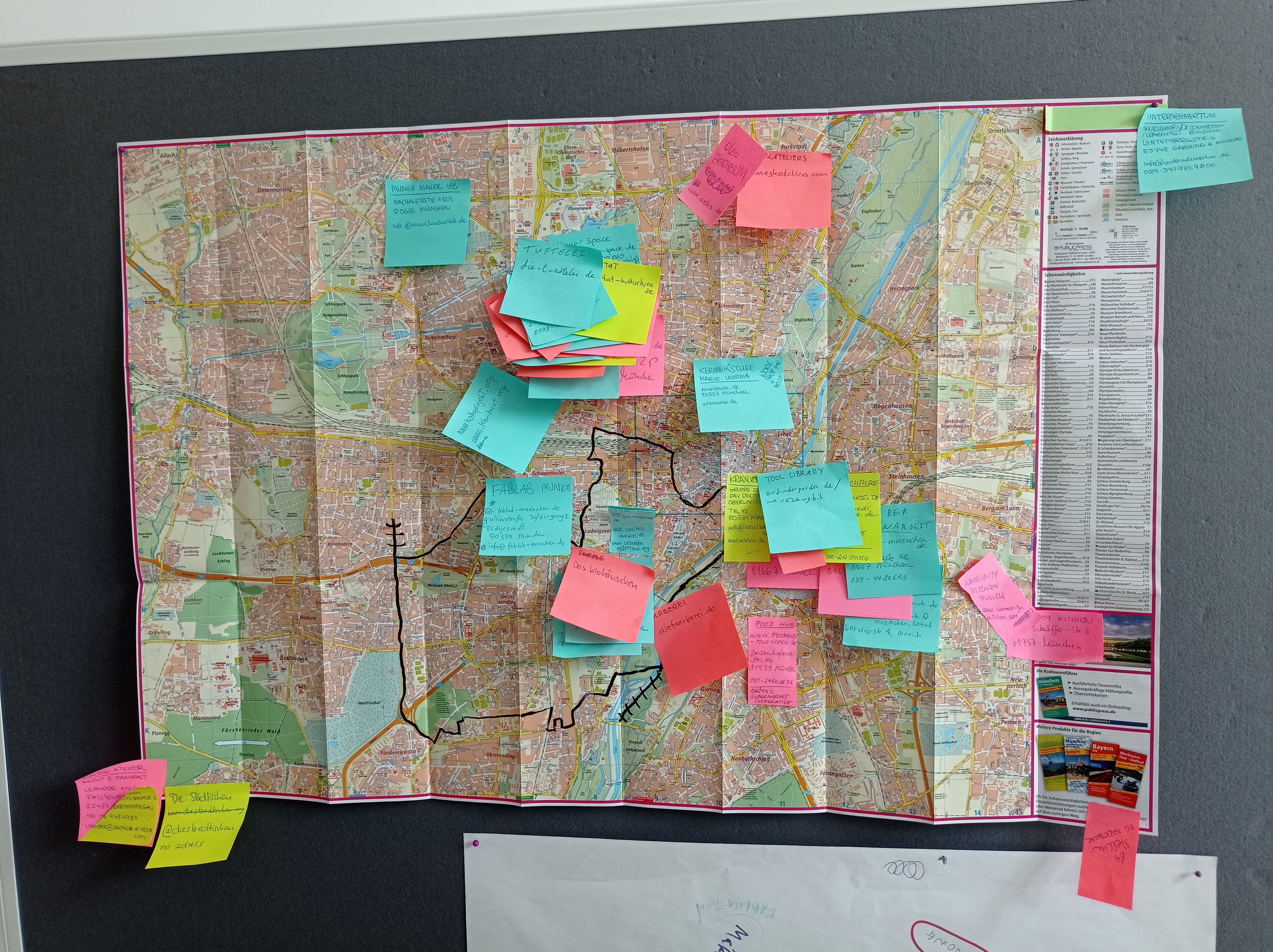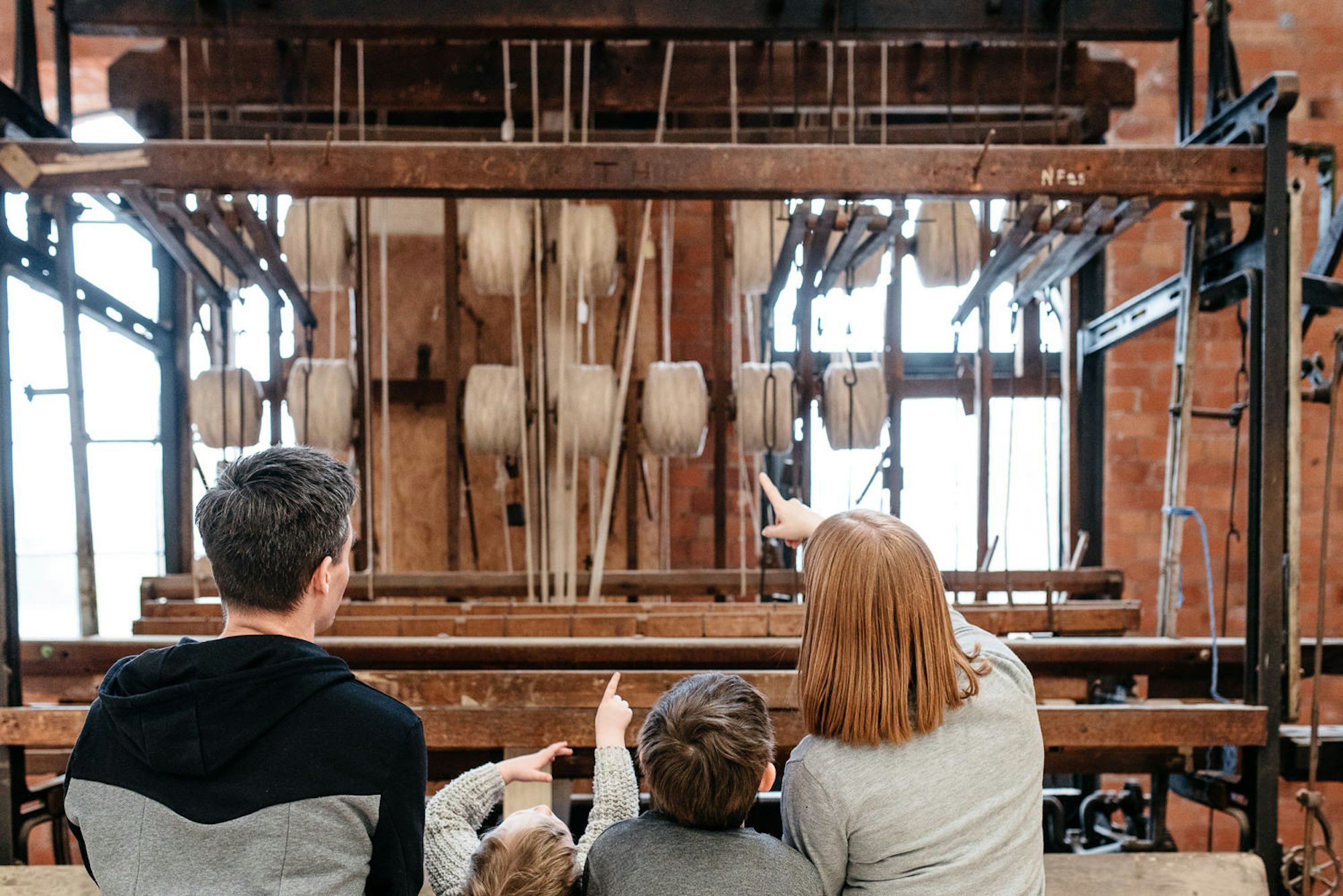Why Make Work Locally

Make Works is centred around facilitating and celebrating work that is made locally. From products that are designed, prototyped or manufactured here; the craftsmanship of makers working all over the country; the physical manifestation of artworks; to the development of digital technologies, learning repair skills and DIY practices. The question however, is "but why?" is this even important; and why is it so valuable today? Even more so, why is it important now to better connect design with industry, and what effect might this have in the future? Who in society does it effect, and how does it effect them culturally, and economically? Questions like this (and many others) are related to things I have been turning over and over in my head now for years and as part of the Make Works tour I hope we can come closer to answering some of them.
There are some established ideas behind local manufacture. Things like retaining a skilled workforce; and supporting the work and knowledge of technicians, craftspeople and material specialists. There are things like an increase in jobs and opportunities to run apprenticeship schemes. There's the added value to objects too, in the identity knowing they come from defined geographical place. And there are practical advantages; such as localised supply chains, higher quality control, shorter lead times and being able to produce smaller quantities and creating more customisable pieces. There's also no comparison to being able to walk round the corner to discuss a project face to face with a mock up to refer to, rather than long distance phone calls and emailing sketches.
In addition to all this though, for me, it was in realising the increased quality of design that occurs when making processes are more fully considered that really interests me. I began Make Works after working at both DMFD furniture in Brooklyn and Ben Dawson in Mussleburgh. Both of these experiences, taught me about the value of understanding the materiality of creative practice; both as you are designing and manufacturing it. For example, (Cork)-Dan Michalik, works to understand his material, and creates pieces of furniture that reflect how this really wants to work. As oppose to coming up with concepts 'in theory', this way of working really pushes the possibilities of the physical design, appropriate to the qualities of cork and indeed how an idea then exists in the physical world. Similarly, working with Ben Dawson really made me realise that although it might be easy enough to draw something in CAD; it is another thing to then physically make that and to develop the skills that allow you to execute it beautifully. There is also something in communicating ideas physically (even in a quick paper prototype) that makes is much easier for others to understand what you are talking about, to feedback on them and begin making developments or changes.
This process of understanding the world, of 'thinking through making', is what Peter Dormer refers to as tacit knowledge. Essentially the connection the human brain makes when head and hand combine, which enables the individual to better understand the physical world around them. It's the type of knowledge you gain from understanding a craft too, and it fascinates me. As Dormer comments, "understanding how things work is one of life's greatest pleasures", and I think that designing with an appreciation of this tacit, or craft knowledge can only improve the way in which we design.
References: Dormer, Peter, The Art of the Maker, Skill and its Meaning in Art, Craft and Design (London: Thames and Hudson 1994)
Categories
Article
Related stories
Alan Moore and Ten30 Fashion
Tips for Manufacturing in Scotland
A Life in Lace
In the Belly of the Beast: my one year manufacturing for Coca Cola
Fixing In The Factory



